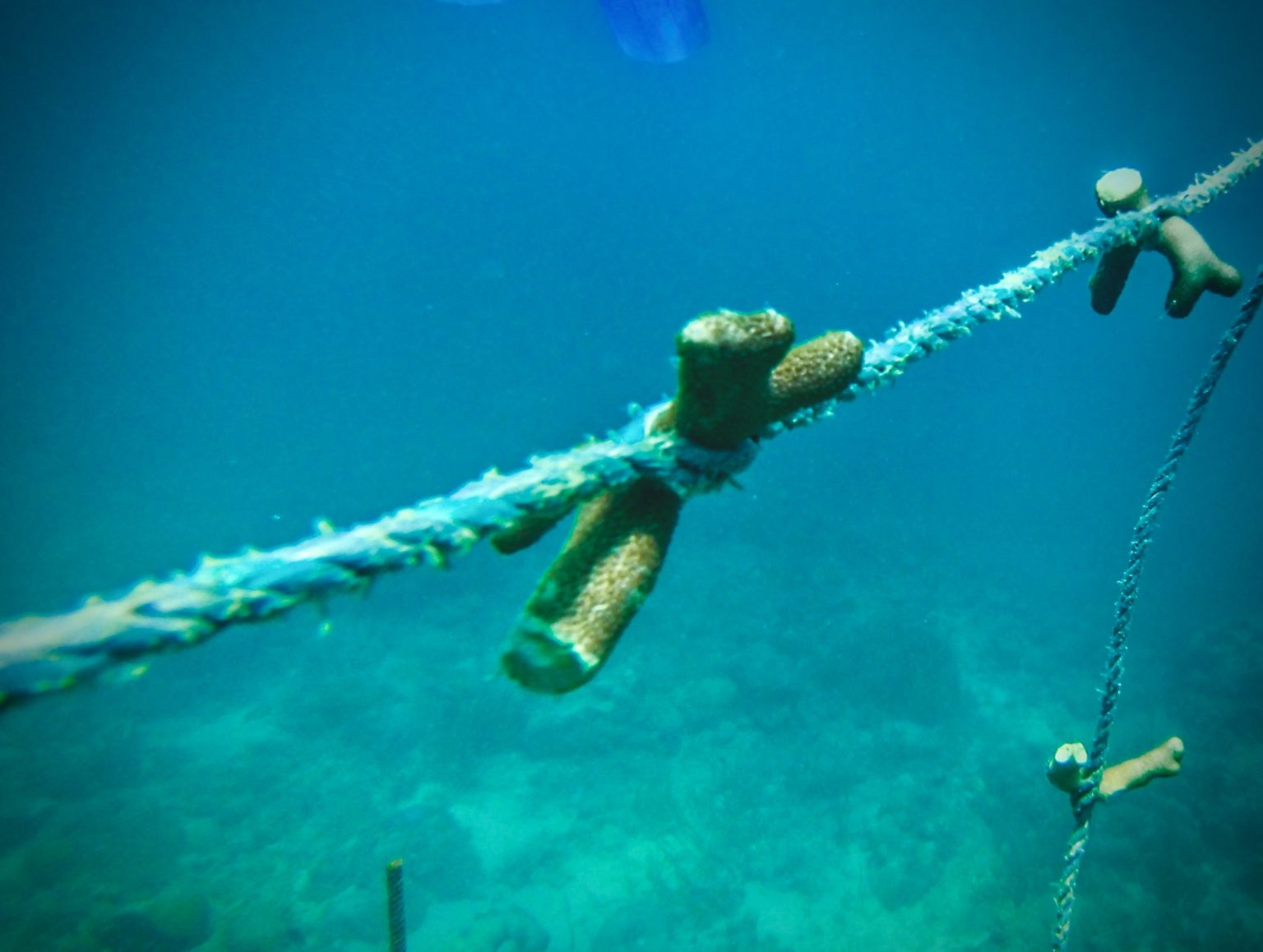During the last decades, humans have produced more carbon than can be stored and processed by natural means. Therefore, the levels in our atmosphere are rising, causing all the well-known consequences of climate change.
In order to cope with and even to bring down those high levels of carbon, natural carbon sinks are an ideal storage that nature offers. Plants sequester carbon in their fibres and roots while producing oxygen during photosynthesis. In the ocean, seagrass beds support marine biodiversity as they are inhabited by hundreds of small animals and act as critical and incredibly effective carbon sinks. In fact, some seagrass species are 35 times more efficient at capturing carbon than rainforest trees, sequestering it for hundreds, maybe even thousands of years, as long as the beds and roots are left intact.
Repairing and replanting this vital habitat is one of the most effective solutions to offset our emissions and counter climate change. They play a vital role in the restoration of this blue planet and the work of Our Footprint Foundation.
Day 1 in the coral garden

Same coral after 10 month, ready to be planted back to a reef


Corals are an important part of our oceans’ backbone in many ways.
As corals grow, they sequester carbon in their skeletons and thus have a direct impact on lowering our greenhouse gases. In addition, corals also produce oxygen through photosynthesis and form underwater barriers that protect the coast from erosion.
To have the greatest, most positive impact, we as OFF are combating coral reef loss by creating coral gardens and regrowing climate resilient corals.
How this works?
When a coral breaks, its growth is stimulated. This can be compared to the growth of human skin after a cut. The skin of the wound will grow much faster than it normally would. With the use of the proper, scientifically proven technique, we can regrow coral in our coral garden to a size that would take 10 to 15 years under normal conditions in as little as 9 to 12 months.